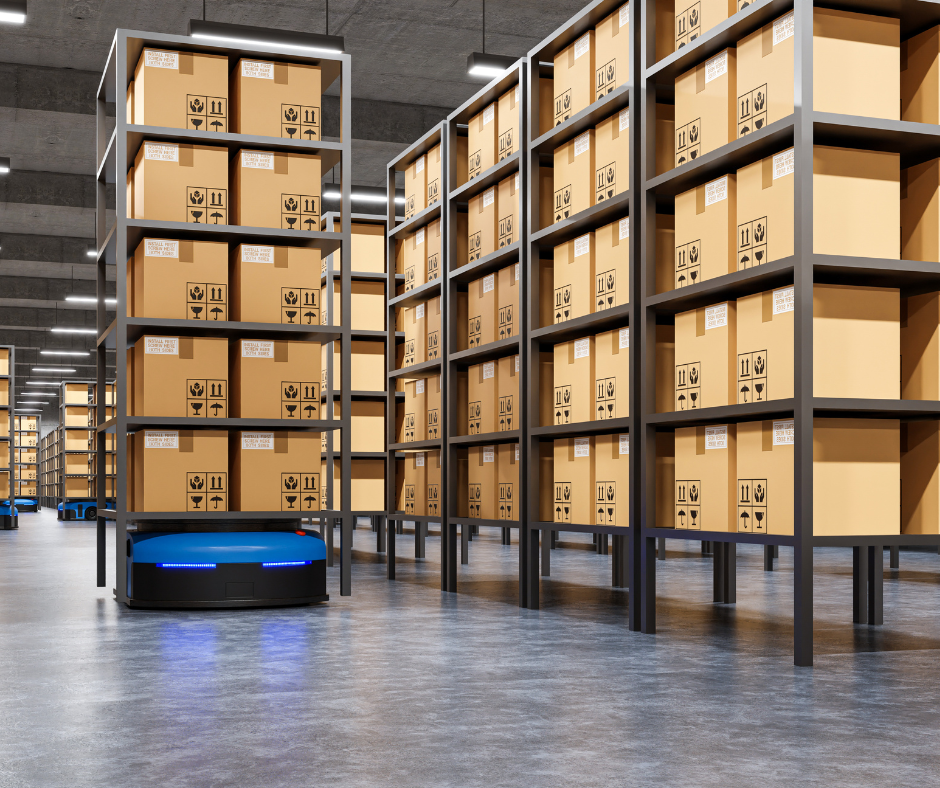In a world where online shopping reigns supreme, Amazon has long been considered the go-to marketplace for convenience and variety. However, recent legal rulings have emphasized that even the largest e-commerce platforms are not above accountability. In a landmark decision, the U.S. Consumer Product Safety Commission (CPSC) ruled that Amazon can be held responsible for hazardous products sold by third-party sellers on its platform. This groundbreaking case addresses Amazon’s role as a distributor of goods and outlines the legal responsibilities it must shoulder.
CPSC Holds Amazon Responsible for Hazardous Items
The CPSC’s decision represents a pivotal moment in the regulation of online marketplaces. Traditionally, Amazon has claimed it is merely an intermediary between third-party sellers and buyers. However, federal regulators saw things differently, stating that Amazon “fits squarely” within the definition of a distributor, thus making it responsible for the recall of hazardous products.
This ruling came on the heels of numerous complaints about defective items sold through Amazon’s Fulfillment program. Among the dangerous goods flagged were carbon monoxide detectors that failed to alarm, hairdryers lacking electrocution protection, and children’s sleepwear that posed significant fire hazards. By placing these products in its marketplace, Amazon, according to the CPSC, assumed the role of a distributor and therefore could not escape liability under the Consumer Product Safety Act (CPSA).
Amazon is now required to notify consumers and the public about the dangers of these hazardous items, offer refunds or replacements, and ensure the removal of such products from households. The company’s appeal, while expected, is unlikely to absolve it of the responsibilities outlined in the decision.
Amazon’s big product-safety loophole may have just closed
The @USCPSC ruled today that the Fulfillment by Amazon program makes the tech giant legally responsible for product safety recalls as a “distributor” even for items sold by third-party sellershttps://t.co/DocfLEi8Xw
— Jason Del Rey (@DelRey) July 30, 2024
Is Amazon liable for defective products?
Amazon’s defense against liability has long been that it acts merely as a conduit, facilitating transactions between sellers and buyers without any direct involvement in the manufacturing or sourcing of the products. However, the courts, along with the CPSC, have refuted this claim, pointing to the significant control Amazon exerts over its marketplace.
The Fulfillment by Amazon Program
Amazon’s “Fulfilled by Amazon” (FBA) program became a focal point in the legal argument. Under this service, third-party sellers store their products in Amazon’s warehouses, and the company manages the packaging, shipping, and customer service. The CPSC argued that this gave Amazon “far-reaching control” over the products, thereby classifying it as a distributor rather than a logistics provider. The administrative law judge in the case agreed, ruling that Amazon’s deep involvement in the sales process made it liable under the Consumer Product Safety Act (CPSA).
Past Legal Precedents
In the past, Amazon successfully defended itself in several product liability cases by relying on its intermediary status. A notable example occurred in 2018, when a Tennessee woman’s home was set on fire by a defective hoverboard purchased on Amazon. In that case, Amazon escaped liability by arguing that it was not responsible for the third-party seller’s product. However, with the CPSC’s ruling, the tides may have shifted, and Amazon will face greater scrutiny in attempts to rely on this defense in future cases.
What Does This Mean for Consumers?
For consumers, this ruling is a major win for product safety. The CPSC’s decision requires Amazon to be more proactive in notifying consumers of dangerous products. The ruling also means that consumers will have better recourse when defective or dangerous products make their way into their homes, particularly hazardous household products.
The Impact on Third-Party Sellers
While Amazon is now held to higher accountability, third-party sellers who provide unsafe products are not off the hook. Sellers who use the Fulfilled by Amazon service must also comply with stricter safety standards. However, with Amazon’s increased liability, the company is likely to enforce even more rigorous vetting processes for sellers to ensure compliance with federal safety regulations.
Increased Safety Measures
Amazon has already started making changes to its processes. For example, it has enhanced its returns policy, allowing consumers to report faulty items directly to Amazon rather than contacting third-party sellers. The company has also improved its recall alert system, ensuring faster communication of safety issues to customers. Still, this recent ruling by the CPSC demands even more action, including full refunds or replacements for hazardous items.
Hazardous Products Attorney
Consumers injured by hazardous products, including those purchased on platforms like Amazon, often need legal assistance to navigate complex product liability claims. If you or a loved one have been harmed by a dangerous or defective product, it may be time to consult with a Florida product liability attorney.
At Panter, Panter & Sampedro, we understand the significant dangers that hazardous products can pose to consumers and their families. Our dedicated team of attorneys is committed to holding manufacturers accountable for the safety of their products. If you or a loved one has been harmed by a defective or hazardous product, we are here to help. To learn more, visit our product liability page.
